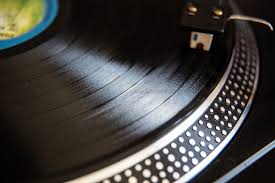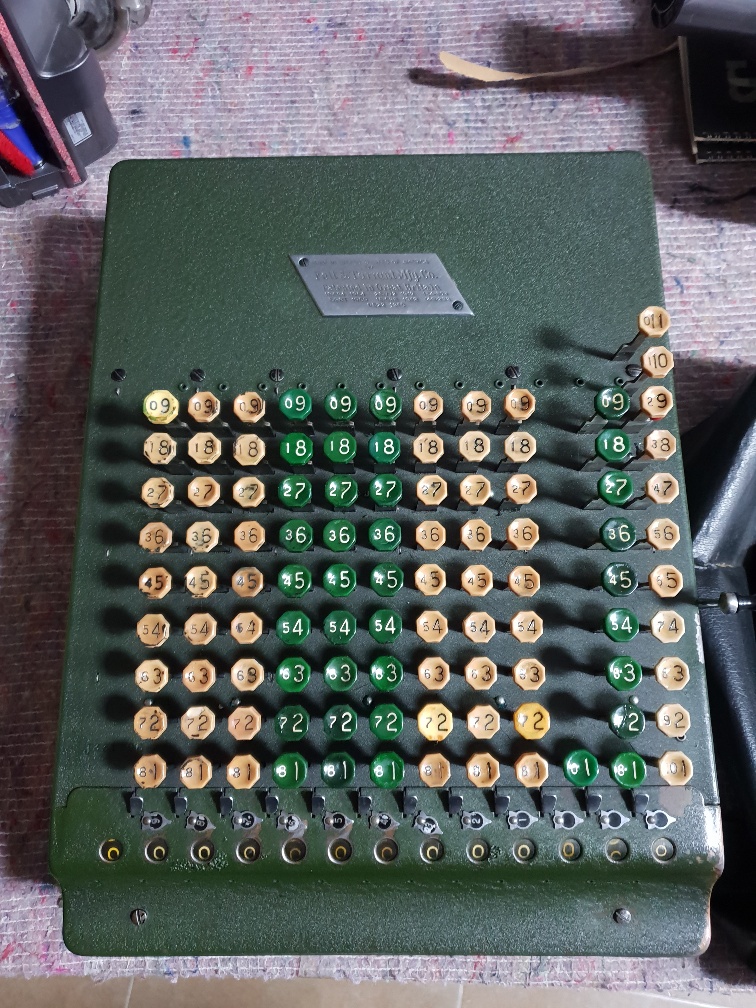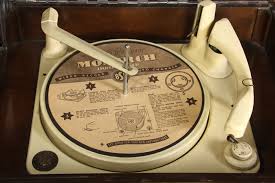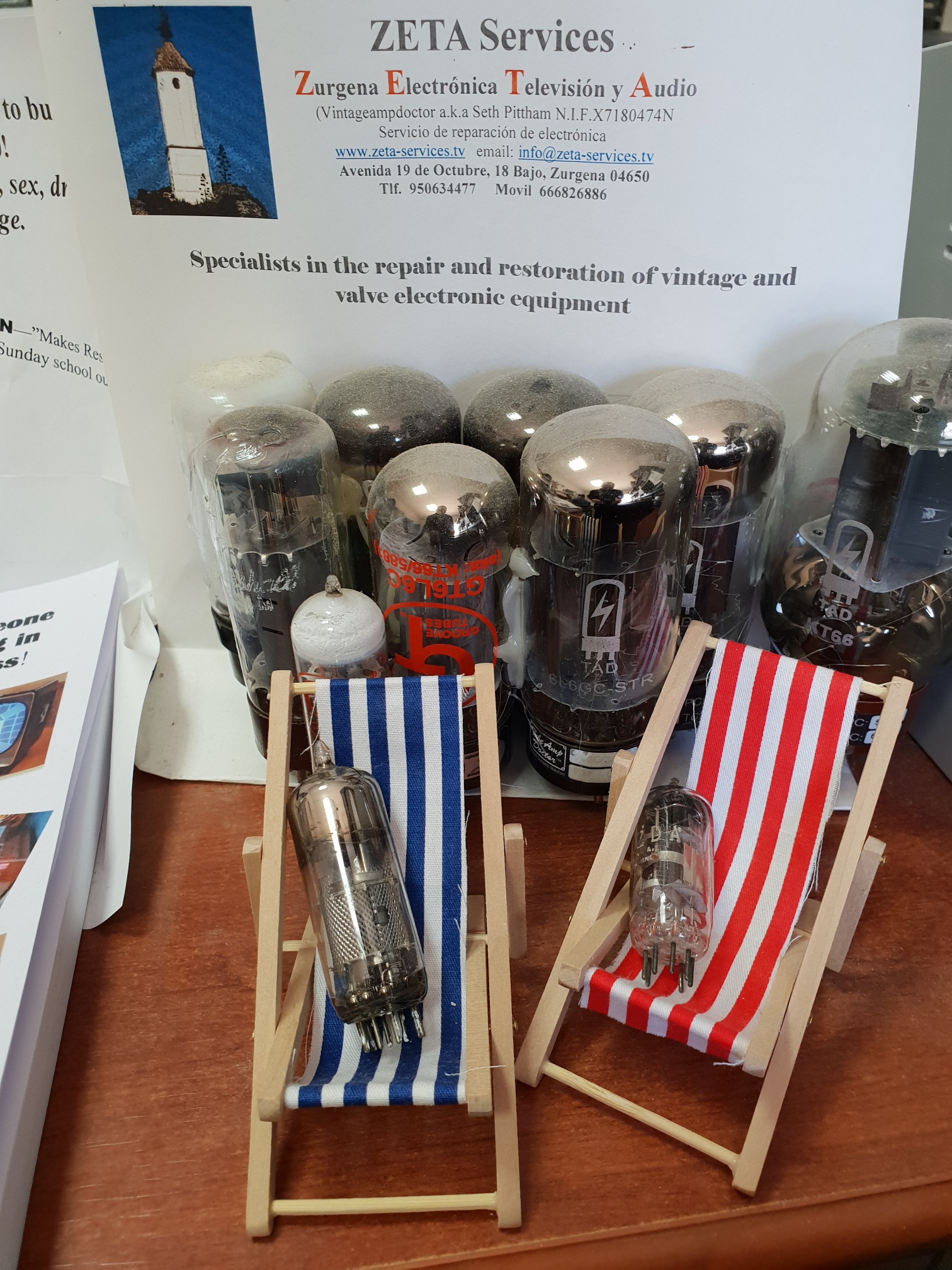
Last month we had a little focus on how vinyl records have been making a come-back. I said I would follow up with how vinyl stereo came about and judging by the bursting email box, that’s what I will do, but not before telling you about a wine cooler I repaired. I tongue-in-cheek said to the customer I needed a bottle of Chablis in order to test it fully. The client came in with one! My happiness then to be dashed, as a Dyson vacuum came through the door.
Most of us have been blessed with two ears. As a result, to be able to listen to a truthful rendition of recorded sound, two channels need to be reproduced, for ears left and right. Stereo recording had been around since the ’30s. But, getting this onto and off a record has not an easy task. Many different ideas were tried, including this one which I find amusing.
A U.S. company took a double-sided master disc and designed a head cutting machine that would cut the left channel on one side of the disc and on the other side, the right channel. However, getting the two cutting heads to start and track each other with 100% accuracy was a nightmare. The other problem was how to play the dam thing. The best solution was to play the disc vertically, i.e. standing on edge. A bit like a ‘50s Juke box. Two pick-up arms were counterbalanced, one set to play side 1 (left) the other set to play side 2 (right) at the same time. Unfortunately the whole mechanism was very messy. The pick-ups had to hit the lead-in groves of each side of the disc at exactly the same time. If not, you would hear left and right channels that could be adrift by one or more revolutions of the disc, making the reproduction nonsense. Eventually it was decided that, given the mechanical and technical headaches and Joe-public’s cack-handidness, this idea would be binned.
Another idea was to modulate the grove cut into the record in two directions. Now in mono (one channel), the grove was modulated (wobbled) from left to right. When the record is played, the stylus (needle) would be wobbled from side to side, with a signal being created by it being physically connected magnet and coil and fed to an amplifier. With this new Stereo idea, the grove was modulated up and down as well. The design of the pick was such that two coils would detect both axis of movement of the stylus, producing the left and right signals to the amplifier. This sort of worked, but the main problem was distortion and interference between the two channels. The stylus in the grove would get “confused” with the up-down and left-right movement, resulting in a muddled poorly defined sound. This became much worse on loud music passages when the grove was modulated to its fullest limits.
A company called Westrex came up with a modified grove cutting head, similar to the above, but it was turned through 45 degrees. This meant there was an equal left and right channel modulation of the grove, a complex wiggle pattern of up and down, side to side if you want. The pick-up stylus was designed with coils and magnets arranged at 45 degrees to detect this signal. In fact, one coil detects the horizontal movement that produces a signal that is the sum of left + right, whilst the other coil picking up the vertical movement creates a left – right summed signal. A lateral coil in the pickup is used to offset and remove any the added signals, resulting in a good quality left and right signal with a high degree of separation.
The other benefit of this principle (if you couldn’t afford a grown up stereo system), was that the record can be played using a mono pickup cartridge. This is because the stylus, connected to the signal generating parts, coil, magnet or crystal, recognised the overall movement as a sum of the left and right channels. As a result, you did not lose any of the recorded left and right signal component. It is amazing that this 45 degree cutting technique was first developed by a brilliant British engineer called Alan Blumlein, working for EMI, 30 years earlier. Alan was instrumental in developing stereo sound recording and playback on records and cinema. During WW2, he went to work on developing radar and was tragically and mysteriously killed in a plane crash whilst on a secret testing mission. His work on stereo was shelved, to be adopted eventually by Westrex, but as with lots of things like this, was never given full recognition.
So, there we have it. A record cutting principle was put forward 80 odd years ago and still used to this day! CDs eat your heart out.
Seth Pittham. Zeta Services








